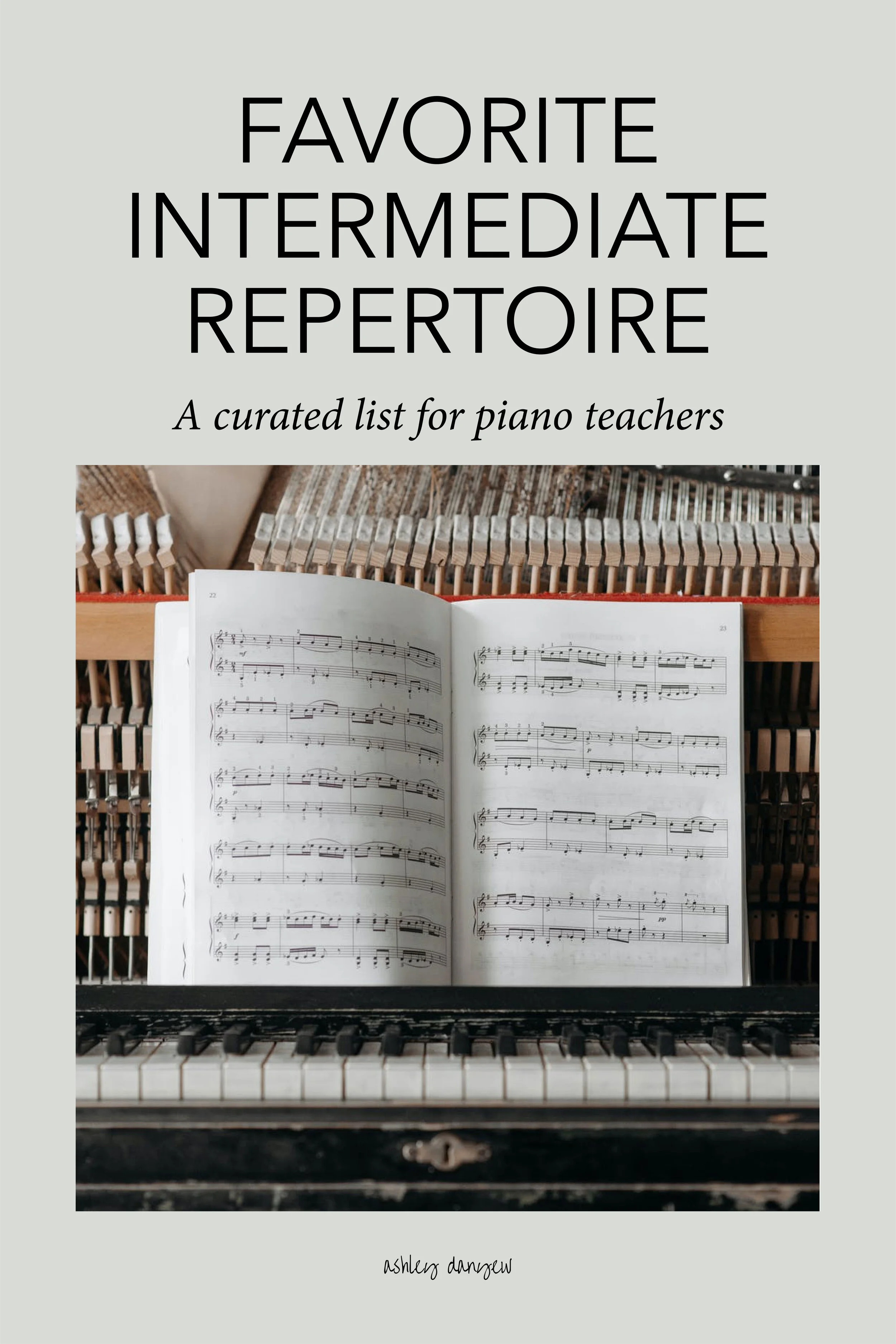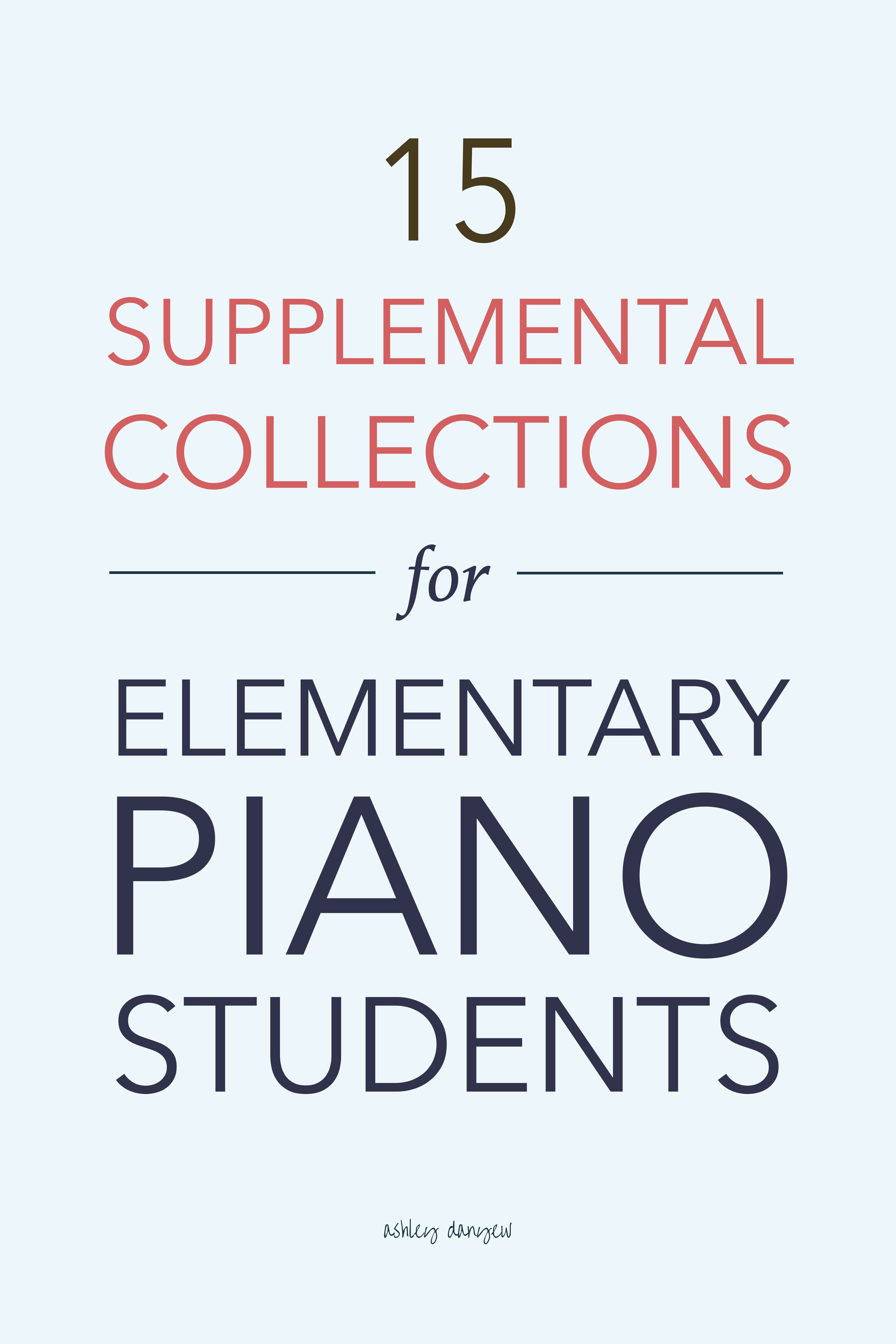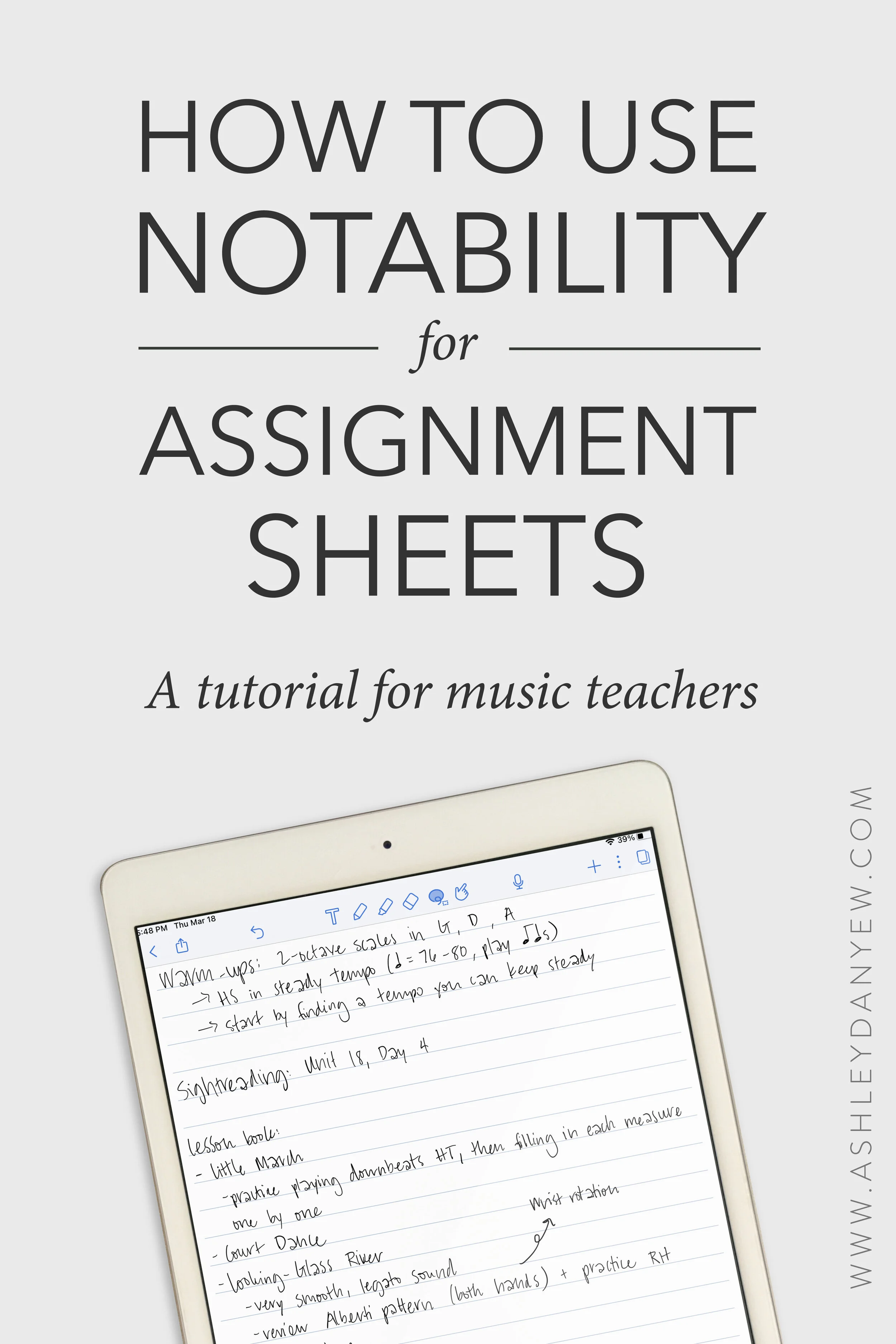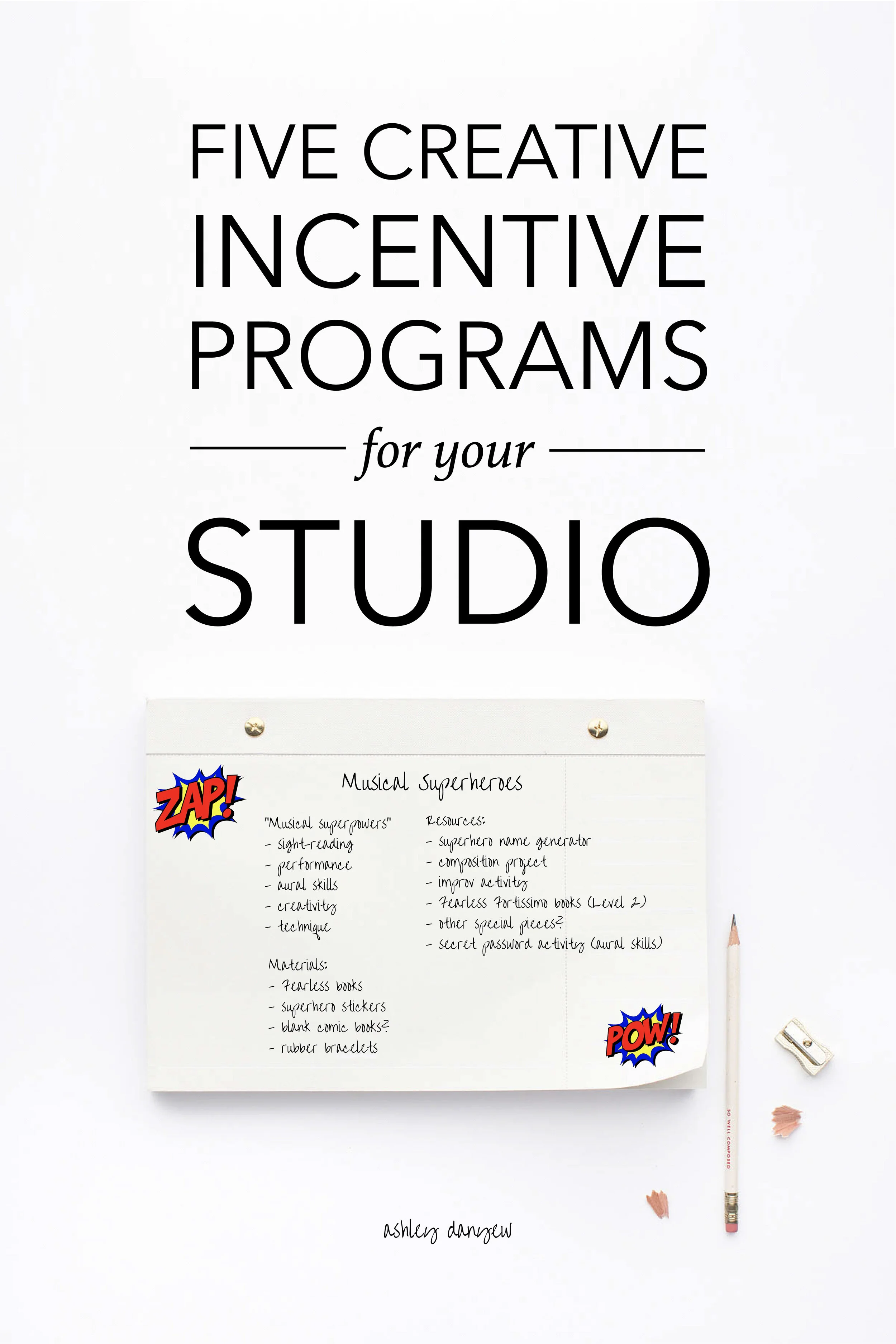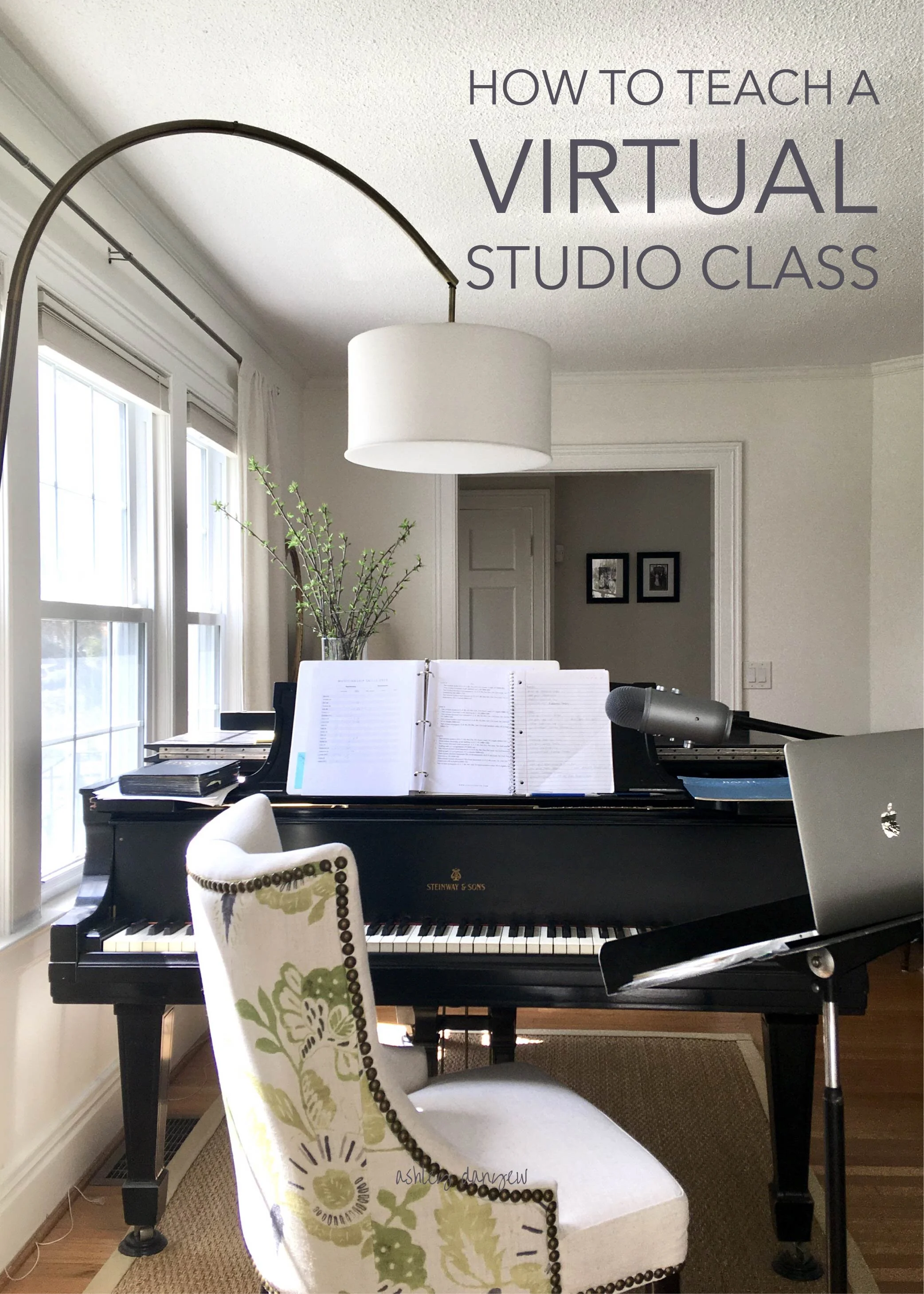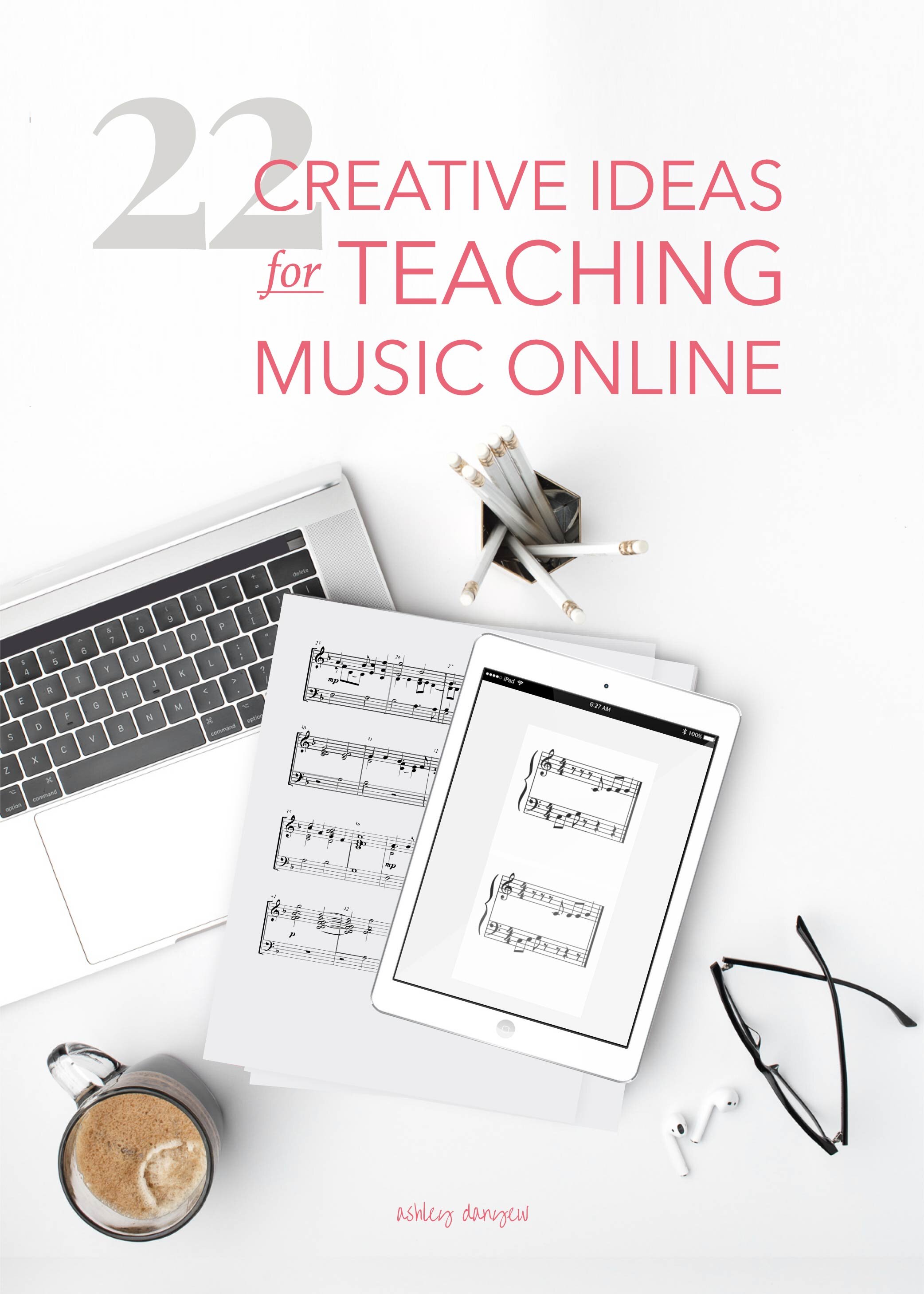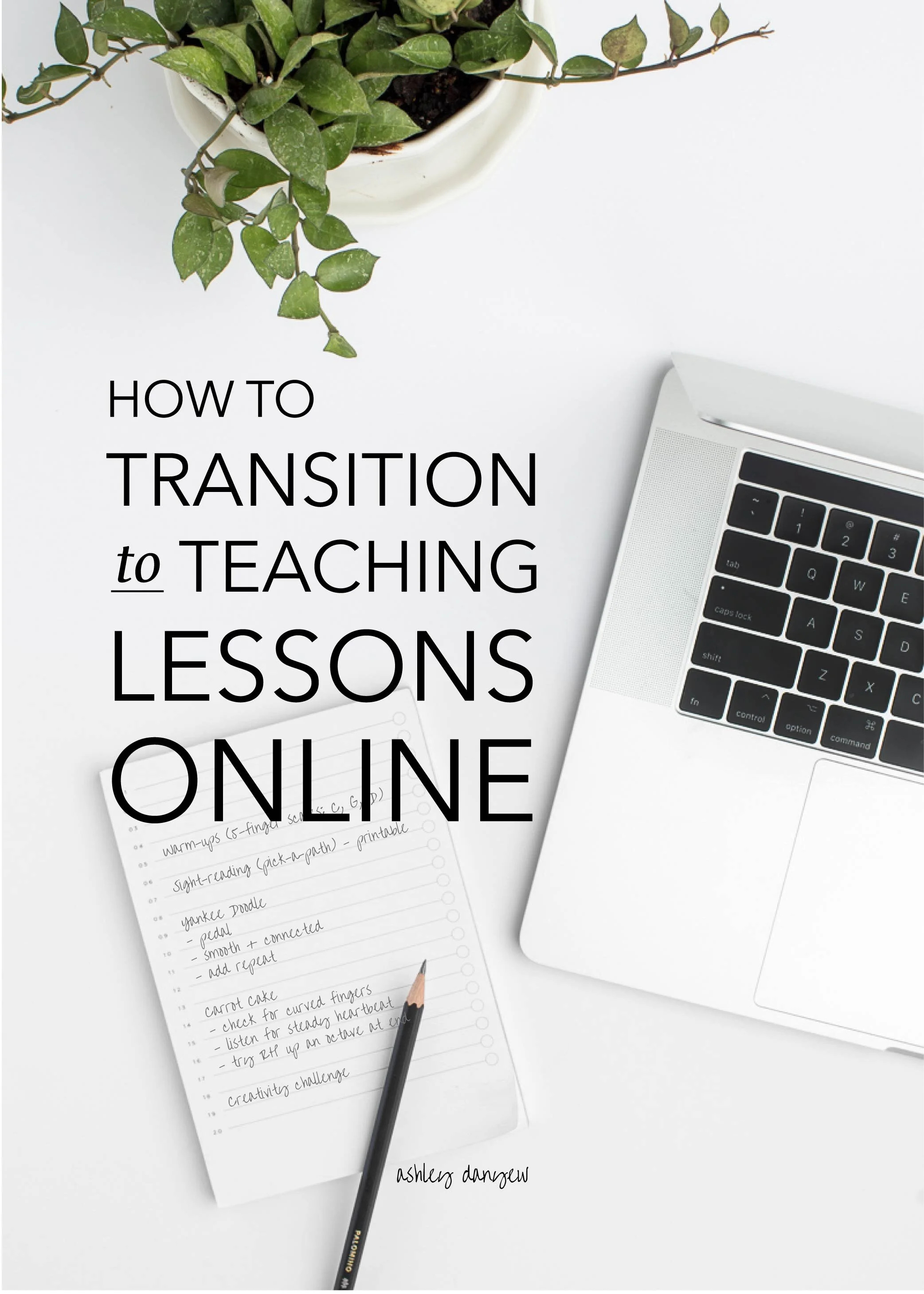A few weeks ago, I had the privilege of attending the National Conference on Keyboard Pedagogy. In this series, I’ll share my notes and a few favorite quotes from the sessions I attended. You can read more about NCKP here.
*Disclosure: I get commissions for purchases made through links in this post.
The Art of Group Piano Teaching presented by Christopher Fisher
"Students become responsible for their own and each other's learning."
Positive Benefits
limitless performance opportunities build confidence and poise
group teaching fosters critical listening and problem-solving skills
students can take on specific roles for listening and providing feedback ("players" and "checkers" who check feet, posture, wrist, thumb, knuckles, etc.)
discovery-based learning environment with teacher as facilitator
ensemble playing develops a strong rhythmic foundation
Suggestions
start small; begin with one age group or level of advancement
try partner/dyad lessons: 15-minute private lesson + 30-minute overlapped group lesson
try summer camps; one idea is to have each student bring in their favorite pop music/lead sheet and have a few other students join them to form a rhythm section
Materials
most materials for group teaching can be tailored from any standard method (see Piano Safari)
8 Group Piano Games
1. "Pass the Rhythm"
based on the children's game, "Telephone"
students form a line: the person at the back of the line reads or creates a rhythm and taps this pattern on the back of the person standing in front of them
once the pattern has made its way all the way down the line, the person at the other end claps and counts the rhythm out loud
variation: "Play What I Play"
2. "Rhythm Bee"
based on the spelling bee
students form a line: students take turns drawing a rhythm card and clapping and counting the rhythm out loud
if the rhythm is incorrect, the student is out
3. "Musical Chairs"
one student improvises, based on a given set of basic parameters; other students walk around a circle or row of chairs until the music stops
the person left standing is the next improviser
4. "Musical Editing"
students are given copies of a score
the teacher performs from the score, adding expressive markings that are not marked
the students "edit" the scores, based on the performance
5. "Technique Tournament"
group students into teams of mixed abilities at the end of the term
each player draws a key signature from a cup at the piano and performs the technique exercise for the round
example: Round 1: all major scales/arpeggios, Round 2: all harmonic minor scales/arpeggios, Round 3: Hanon Exercises Nos. 1, 2, 5, 6, Round 4: Technical Skills, Book 4 (Magrath)
6. "Style Improvisations"
teacher gives students a basic introduction to two musical styles (i.e. blues and country)
students self-form into two groups, research their style, and present an overview lecture
the experience culminates in an ensemble performance by each group (ex. one plays the harmonic progression, one improvises a melody, one performs a rhythmic cell; then, students rotate)
this prepares students for solo improvisation
7. "Performance Today"
assign students a composer and composition to research (you can even include age-appropriate biographies for them to read)
students should do their best to become that composer
in the final class, students are interviewed as their composer by other students in the class
the class ends with the students performing their assigned compositions
8. "Sight Reading Composition Exchange"
students compose a brief sight-reading example, based on given parameters
students exchange their compositions with a friend or draw one from a hat
each student previews and prepares their assigned example and gives the world-premiere in class
For more ideas, see Teaching Piano in Groups
Teaching Demonstration by Amy Glennon
Preparatory/reinforcement activities for learning landmarks
have students remove non-landmark notes (magnets) from the grand staff
sing "this is the sound of Treble G" on Treble G
have students move note heads to landmark lines on a whiteboard or smartboard
call out landmarks and have students play the notes on the piano
Preparatory activities for spot-placing
play the "landmark or not" game with a wooden floor puzzle
"Is this a landmark?"
ask students to put an x on the closest landmark to the given note (no interval ID or note-naming just yet)
Preparatory activities for eighth notes
preparation for reading eighth notes should begin at least 4 weeks before the new piece is introduced
speak the words to "Peas Porridge Hot" and put the rhythm in your feet
next, clap the rhythm without speaking the words - ask one student to improvise on the rhythm while the rest of the group speaks the words and taps the steady beat
speak or sing the words to "Yankee Doodle," marching to the steady beat, then putting the rhythm in your feet
ask a small group of students to play the steady beat with rhythm sticks, ask another group to improvise on the rhythm, and ask the others to chant the text
Preparatory activities for dotted quarters
have students move with the piano accompaniment: quarter notes + eighth notes
have students move with the piano accompaniment: dotted quarters + eighth notes
ask students to point and sing, showing the words only (add extra spaces to illustrate the dotted rhythm)
have students move + sing with the piano accompaniment
introduce the notation (using straight eighths and quarter notes); transform to the dotted rhythm using ties
demonstrate how to count the rhythm
divide students into two groups and perform both rhythms at the same time (reading) with rhythm sticks
Preparatory activities for crossing 2nd finger over thumb
teach this away from the piano (try playing in the air)
teach a warm-up pattern (by rote) that concentrates on this, singing the finger numbers
introduce a piece like "Joshua Fought the Battle of Jericho"
Preparatory activities for marking the score
ask students to point to intervals of a 2nd and "circle the 3rd"
ask students to "put a rectangle around the repeated note in the first line"
//
Previously:
NCKP 2013: Part I
NCKP 2013: Part II












